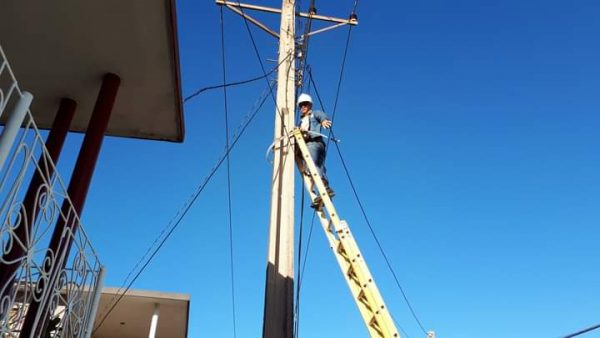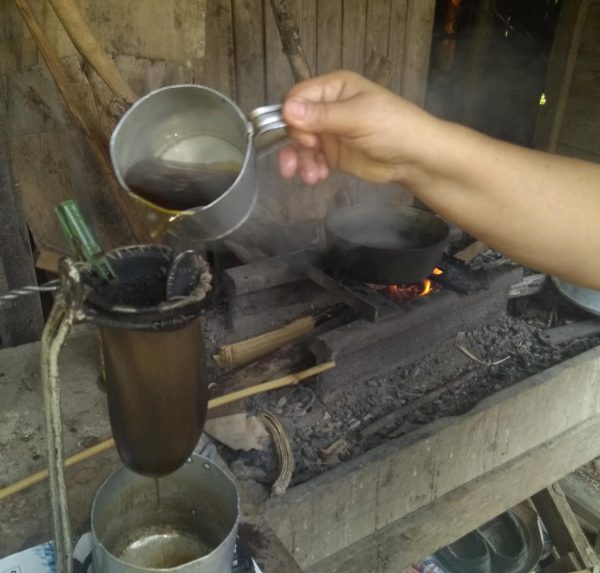Tropical Storm Laura Sweeps Through Mayari
By Osmel Ramirez

HAVANA TIMES – It was a tense night on Sunday, waiting for tropical storm Laura to hit. Gusts of wind and on-and-off drizzle began at about 8 PM. The fear of strong winds was based on what happened in Hispaniola, where the northern side was hit more severely than the south, and the fact that its journey through the Dominican Republic and Haiti’s high mountains hadn’t weakened it.
We also knew that it could become a hurricane when it came into contact with winds and Cuba’s south-eastern coast, with warmer waters, becoming a greater threat. So, we expected more to happen. However, we only had that, some sporadic gusts of strong wind and on-and-off drizzle, mainly between 8 PM and 11 PM. After that, there were very little signs of Tropical Storm Laura in Mayari.
It seems that some gusts were stronger in certain places because there was severe damage to the municipality’s electric grid. Trying to get it back up at 11 PM, engineers were only able to get electricity back to a small percentage of the region because 90% of the grid had been damaged, as a result of strong winds.
The Nipe-Ayua, Arrollo Seco, Pinares de Mayari, Guatemala, Seboruco, Guayabo, Arroyo del medio, Granadillo, El Cocal, Ocujal, Nicaro, Levisa and Cabonico supplies were affected. These towns are some of the municipality’s most densely-populated.
The electric company has been slowly repairing damages and reestablishing the service. We got power back at our place on Monday at 3 PM, after an 18-hour blackout. According to news on the local radio, eight brigades of linemen were created in order to do this work more diligently, giving priority to circuits that have water pumping stations for the population, bakeries or other basic economic services.
Housing damages were minimal here, with only six cases reported of houses with partially-damaged roofs, in three People’s Councils: Pinares de Mayari, Guaro and Guatemala. There weren’t great losses in farming either and that’s because, at least in the case of fruit, whatever fell down, such as mangoes and avocados, are now being recovered for quick consumption and sale.
There were practically no losses in banana trees, which are the most vulnerable. These plants can just be cut when they are knocked over, and they grow and bear fruit again; or if the tree is already bearing fruit, then bunches just ripen when the tree is knocked down and they can be eaten. It’s only when winds are strong and come in all directions, when they get twisted, that the tree can’t be recovered and has to be pruned to the stump; and then you have to wait an entire year to get it back. Which wasn’t the case this time, luckily.
People got back to normal immediately. Evacuees returned home; people who had moved their belongings to protect them, have brought them back. People without electricity will soon get it back, to their great relief, immediately abandoning their wooden ovens or improvised kerosene stove, so they can get back to the comfort of their electric stoves. Life goes on.






